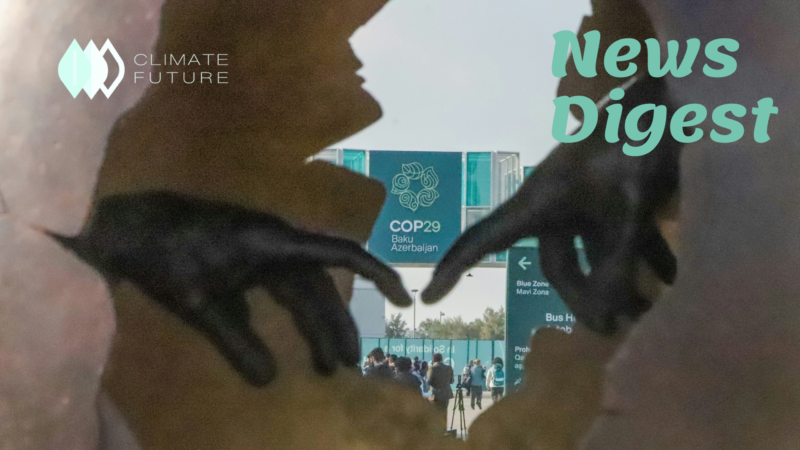What the COP26 climate conference really accomplished
The United Nations global climate summit ended with an agreement among around 200 nations to enhance the fight against climate change and commit to climate pledges. That conference finished with some important achievements such as deforestation, new pledges on methane gas pollution, coal financing, rules on carbon trading and a notable US-China deal. That ended with calls on governments to come back in 2022 with stronger pledges to fight greenhouse gas emissions and support more funding to the most vulnerable nations of climate impact. Some climate scientists, politicians and legal experts pointed out that the final deal is inadequate to solve the severe climate crisis. Some experts argued that there will be a real measure of success when the countries turn their promises into action after the COP26.
COP26: Meet the scientists behind the crucial climate summit
When politicians committed climate pledges at the 26th United Nations Climate Change Conference of the Partied (COP26), scientists presented the latest climate data and provided respective advice. Climate change is a crucial issue for environmental researchers since some species could become extinct if the ecosystems and temperatures continue to change. A three-pronged process is needed to approach towards COVID-19. The first thing is to stop spreading the problems in terms of climate issues such as cutting emissions. After that, an emergency room is needed to solve all the consequences of the problem. Climate change includes checking the impacts on everything from health and transport systems to natural systems. Furthermore, it is required to strengthen the forests and ocean’s capacity by reducing carbon emissions.
Governments Adopt Glasgow Climate Pact, Operationalize Paris Agreement
Parties to the UN Framework Convention on Climate Change took up the Glasgow Climate Pact by agreeing to stop inefficient fossil fuel subsidies and reduce unabated coal power. The Glasgow Climate Change Conference was the first in-person meeting for a multilateral environmental agreement since the COVID-19 pandemic has started. The final three days of COP 26 ended with compromise on adaptation, finance and loss and damage issues. The Pact constitutes a pre-2030 ambition of an annual high-level ministerial roundtable, the Glasgow Dialogue between parties on loss and damage from 2022 to 2024, an advancement to discuss a new collective goal on climate finance and an annual dialogue to enhance ocean-based action.
Financing sustainable development needed more than ever, says UN deputy chief Mohammed
At the Building Bridges Summit for sustainable finance in Genevan, the UN Deputy Secretary General simulated all present from the Government, international organizations and civil society and the private sector to encourage a common investment framework to make people’s lives better. She said “We need more action, ambition, scale and greater urgency in committing the 2030 Agenda and the Paris Agreement.” The good thing is that the 2030 Agenda has already shared a linguistic bridge. However, there is a mismatch of languages between business and diplomacy and the private and public sectors. According to the summit’s organizers, during 2019 and 2020, there is an increase in sustainable investment by 31% to over 1500 billion francs in Switzerland. Apart from mentioning the opportunities for investors and fund managers, the summit will present a common approach to net zero financing. Private sector participation together with leadership to release resources for the main transition in sustainable energy, food and health systems, education, connectivity, social protection and digitalization.
Creating an Effective Net-Zero Partnership with Africa
The United States and European climate envoys discussed a $5 billion transition program which could help Africa to make changes from oil, coal and gas to renewable energy. Regarding power generation, Africa does not have enough renewable energy capacity to fulfill its growing and current demand for electricity. Together with the investment in renewable energy, African governments and foreign partners should utilize new production of natural gas for domestic consumption constituting the fuel for new gas-fired power plants. By 2050, these plants could be a main sector of Africa’s transition to a carbon-neutral (net-zero) economy. Instead of approaching African countries from the zero-sum point, that would be more helpful to achieve impactful climate contributions by enlisting African countries as a part of a net-zero solution. That would develop and carry out national plans for carbon-neutral economies by 2050.



